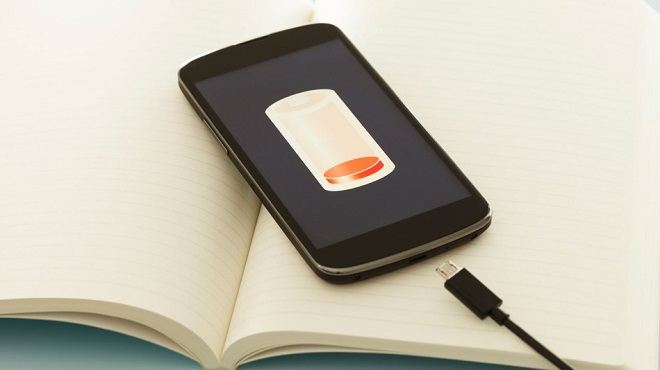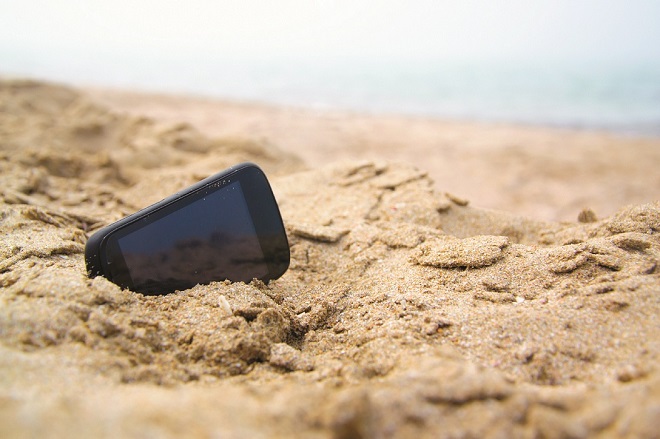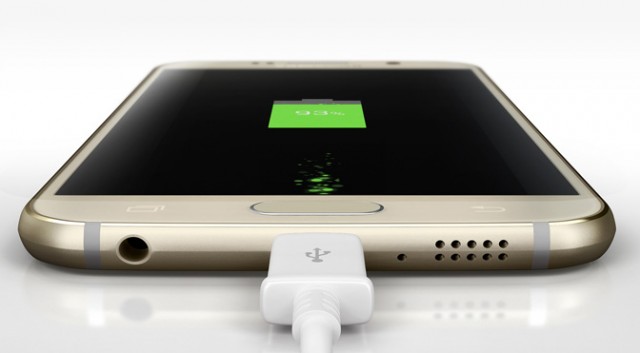How to extend the battery life of a smartphone
Alas, nothing in this world is forever, and lithium batteries that are used in modern smartphones, it also concerns. But there are several secrets that allow you to extend the battery life, and we will share them with them so that you still do not have to change your device's battery for a long time.
Do not allow complete discharge
The best lithium battery of the modern smartphone feels if you discharge it up to 45-50%, and then you put on recharge.
Once in phones and other mobile devices used batteries with the "memory effect". They needed to completely discharge, then charge 100%, otherwise they quickly lost part of the tank. So, with modern lithium-ion and lithium-polymer batteries do not do so.
The best lithium battery of the modern smartphone feels if you discharge it up to 45-50%, and then you put on recharge. But if the battery is discharged "in zero" - trouble, it does not best affect the service life. Of course, if it's occasionally discharged with you, nothing terrible will happen, but if the charge falls to zero constantly, the battery risks pretty quickly fail.
Charging cycles
The duration of the battery service largely depends on the number of charging cycles or, simply speaking, from how many times you discharged it to a level, and then connected to a socket or wireless charger. Most manufacturers say that their batteries are calculated on average for 500 cycles, but this is discharged "in zero".
Indeed, if you do not follow the advice given above and you will completely discharge the battery, most likely, it will endure no more than 400-600 cycles. But if the battery is not even up to 45-50%, as mentioned above, and at least up to 10-20%, and then steal again, is great that it will live longer and withstand up to 1,000-1 100 cycles. Increased service life twice? It seems to us that it is not bad.

Do not believe in myths about the "24-hour battery charging for a swing."
True, the lithium battery begins to degrade about 250 charging cycles. First of all, it is manifested in the fact that it loses the capacity, cannot accumulate the amount of energy specified in the characteristics list. From this, some conclude that you need to charge the battery less often. Is it so?
Not really! Lithium batteries lose capacity over time, even if they do not charge, so there is nothing terrible in regular recharging.
And you should not believe in myths about the "24-hour battery charging for a swing": they say if the smartphone with a new battery put for a charge for a long time, the battery will find some completely fantastic abilities. We hurry to disappoint you: nothing will come out at least because the controlling electronics automatically interrupt the charging process when the energy level in the battery will reach 100%.
Heat and frost - battery enemies
Batteries on a lithium-based basis are sensitive both to overheating and to supercooling. The optimal temperature of their operation is 15 ° C, and the heat harms the battery greater than the frost. Sudi himself:
At 0 ° C, the capacity of the lithium-ion battery falls over the year by about 6%;
At 25 ° C, the battery risks for a year to lose up to 20% of the tank;
At 40 ° C, the container during the year may decrease by 40%.

In the summer, if heat fell on the city, it is better not to charge the battery completely.
With high temperatures, another trick is connected. If you charged your smartphone 100% at room temperature, and then took it to the street, where it is very hot, the battery will experience a real shock, because it has just heated to a permissible maximum, and then the temperature is still rising. Therefore, in the summer, if the heat fell on the city, it is better not to charge the battery completely, but to limit 80-90% of the charge.
Of course, this does not mean that the battery needs to be stored in the refrigerator or endure in winter to the balcony, on the contrary, the temperature is below -15-20 ° C is contraindicated. Yes, in the height of the harsh Russian winter, you can remove the device from your pocket, quickly talk on it, put back, and nothing will happen. But in no case should you wear a smartphone in the outer pocket of the backpack or right on the street for a long time to watch the video on its screen, exposing the battery many hours of cold.
Keep the battery partially charged

Store the battery is needed in the shade at room temperature.
If for some reason you need to put a smartphone battery on the shelf, you will be able to eat that there is at least some charge. Leave the discharged battery - risk: after some time he can just fail. The optimal level of charge, with which you can leave the battery is all the same 45-50%, which we have already spoken.
Store the battery is needed in the shade at room temperature.
Let's summarize
So, the eternal batteries have not yet come up with, but if you take note of these tips, the battery life in your smartphone can be increased. And there is nothing complicated in caring for the battery: it is watching it not to discharge "in zero", not overheated and did not overheat.














